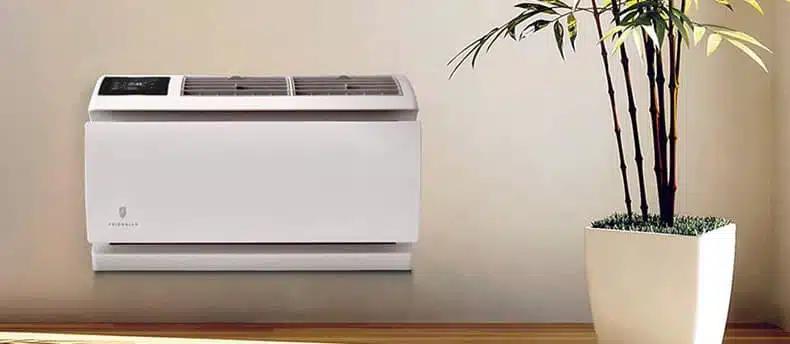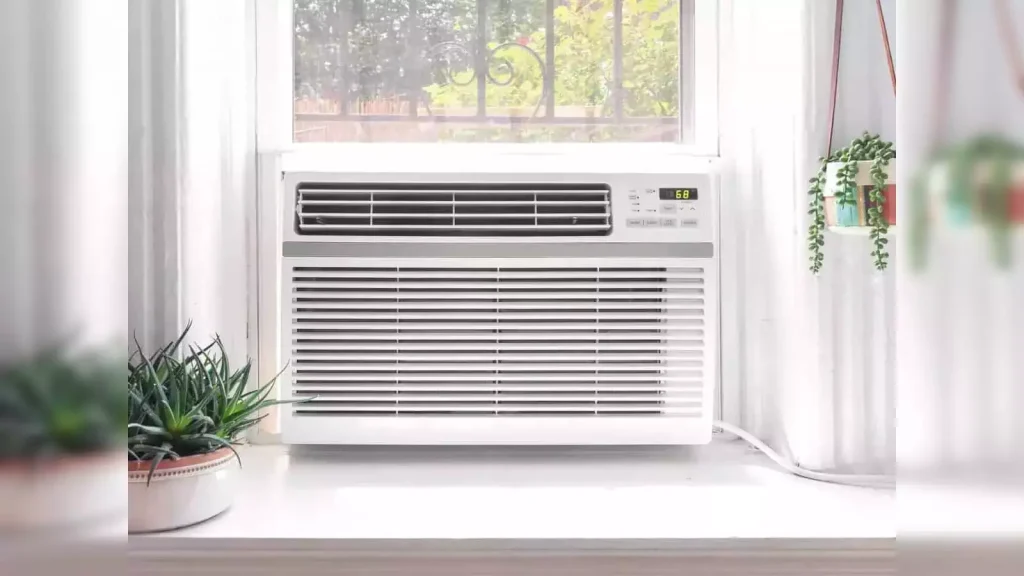In the realm of indoor climate control, air conditioning systems stand as the stalwarts, not only for their prowess in cooling but also for their pivotal role in humidity management. While the sight of condensation dripping from an air conditioner is a common occurrence, the mechanisms behind this phenomenon are often overlooked. In this comprehensive exploration, we embark on a journey to unravel the intricacies of how air conditioning systems effectively remove humidity from indoor environments.
The Role of Evaporator Coils

At the heart of every air conditioning unit lies the evaporator coils, the unsung heroes of humidity reduction. These coils serve as the frontline warriors in the battle against moisture, facilitating the transformation of humid air into a more comfortable atmosphere. As warm air flows over the coils, the refrigerant within absorbs heat, causing the air to cool rapidly. Simultaneously, moisture present in the air condenses on the surface of the coils, forming droplets that eventually trickle away.
Condensate Drainage
Efficient condensate drainage is paramount in the quest for humidity control. Once moisture condenses on the evaporator coils, it needs a swift and seamless pathway for expulsion. Without proper drainage mechanisms in place, the accumulated condensate could potentially re-enter the indoor environment, negating the efforts of the air conditioning system.
Dehumidification Mode

In the arsenal of modern air conditioning systems lies a formidable weapon: the dehumidification mode. This specialized function tailors the system’s operation specifically for humidity reduction. By adjusting variables such as fan speeds and cycle durations, the dehumidification mode optimizes moisture removal, ensuring a comfortable and dry indoor climate.
Temperature and Relative Humidity
The delicate dance between temperature and relative humidity underpins the science of humidity control. As air temperature decreases, its capacity to hold moisture diminishes, leading to the formation of condensation. By manipulating the temperature of the air, air conditioning systems effectively lower humidity levels, creating a more pleasant environment for occupants.
Air Filtration and Humidity
While primarily designed for purifying the air, filtration systems within air conditioning units also contribute significantly to humidity control. By capturing particulate matter suspended in the air, these filters prevent these particles from acting as nuclei for condensation. Consequently, the absence of these impurities leads to reduced humidity levels within the indoor environment.
Humidity Sensors and Control Systems
In the realm of cutting-edge air conditioning technology, humidity sensors and control systems reign supreme. These sophisticated components work in tandem to monitor indoor humidity levels continuously. Armed with real-time data, the air conditioning system can adjust its operation dynamically, fine-tuning its settings to maintain optimal humidity conditions with precision.
The Influence of Airflow
Beyond temperature and filtration, airflow dynamics play a crucial role in humidity control. Proper airflow distribution ensures that air circulates efficiently throughout the indoor space, preventing pockets of stagnant air where humidity could accumulate. By promoting air movement, air conditioning systems facilitate the dispersion of moisture, contributing to a more balanced and comfortable environment.
The Impact of Outdoor Conditions
While air conditioning systems excel at managing indoor climate conditions, they are not immune to the influence of external factors. Outdoor humidity levels, temperature fluctuations, and environmental conditions all exert their influence on the efficacy of humidity control within indoor spaces. Through strategic design and intelligent operation, air conditioning systems strive to mitigate the effects of external variables, maintaining a consistent and comfortable indoor environment regardless of outdoor conditions.
Energy Efficiency and Humidity Control
In the pursuit of humidity control, energy efficiency emerges as a crucial consideration. Traditional air conditioning systems often consume substantial amounts of energy, particularly when operating in dehumidification mode. However, advancements in technology have led to the development of more energy-efficient systems that strike a balance between effective humidity control and reduced energy consumption. By optimizing performance and minimizing waste, these eco-friendly solutions offer a sustainable approach to indoor climate management.

Conclusion
In conclusion, the process of humidity control through air conditioning systems is a multifaceted endeavor that encompasses a myriad of factors, including evaporator coils, condensate drainage, specialized operating modes, temperature regulation, air filtration, airflow dynamics, outdoor conditions, energy efficiency, and advanced control systems. By delving into the intricacies of these mechanisms, we gain a deeper appreciation for the indispensable role that air conditioning plays in creating comfortable, healthy, and harmonious indoor environments. As technology continues to evolve and innovate, the future holds promise for even greater strides in humidity control, ensuring that the quest for optimal indoor climate conditions remains an ongoing journey of discovery and refinement.






GIPHY App Key not set. Please check settings